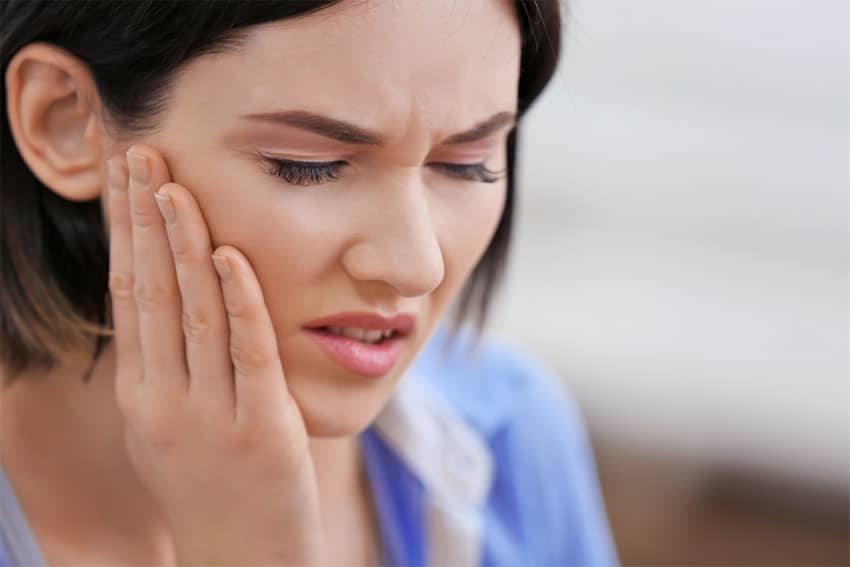
MPDS is a pain disorder unilateral in nature and referred from the trigger points in myofascial structures, to the muscles of the head and neck. Pain is constant, dull in nature, in contrast to the sudden sharp, shooting, intermittent pain of neuralgias (chronic pain). But the pain may range from mild to intolerable.
Trigger points exist as a localized tender areas within skeletal muscles and when stimulated by episodes, they refer a characteristic pain pattern to a distant group of muscles, i.e. zone of reference
Psychologically due to stress temporomandibular joint (TMJ) pain can get triggered. Any unusual habits can lead to muscular disturbance and occlusal disharmony leading to pain.
Psychological Symptoms includes
After thorough history for diagnosing MPDS, physical examination needs to be carried out. Evaluation of entire masticatory system along with head and neck region should be carried out. Amount of oral opening, extent of movement, muscle tenderness should be checked in MPDS. Click sound or crepitation should be evaluated at the TMJ. Simultaneous palpation of both the joints, with index finger laterally over the joint and through the external auditory canal in open and closed movements is done. The areas responsive to palpation have been called ‘trigger points’. The muscles are palpated bilaterally and simultaneously with firm but gentle pressure lasting for 1 or 2 minutes.
Muscle palpation is helpful for the following -
Cardinal symptoms of MPDS
The use of radiographs should be done judiciously in MPDS patients
Counselling of the patient and giving the assurance regarding prognosis and planning for symptomatic pain relief. Modification of diet and home exercises should be done. Initially soft diet should be prescribed along with the medication such as Aspirin, Piroxicam, Ibuprofen, Pentazocine. Muscle relaxants are used too. Heat application, cryotherapy, massage with counterirritants and vibrators, Transcutaneous electronic nerve stimulator (TENS) and stretch exercises are used as well. Stress management should be explained to patient. Intra articular injections are used for the treatment of MPDS and also occlusal splints are customized for patients as well.
Article by Dr. Siri P.B.

Hailey - 9 months ago